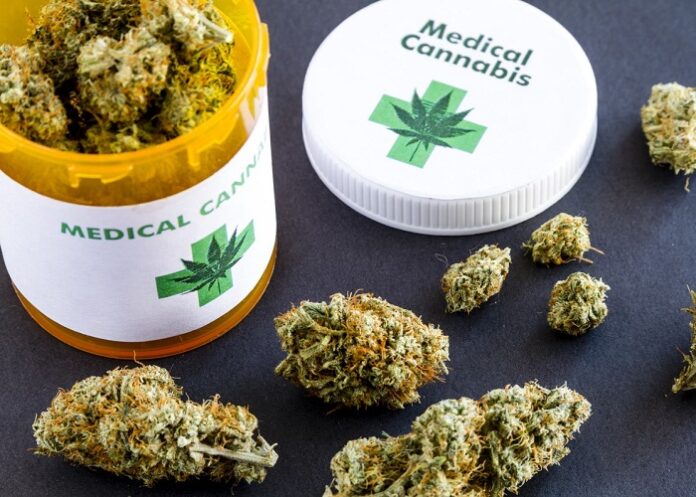As access to medicinal cannabis in Australia increases, so too does the risk of poisoning, especially in adolescents and children, experts have warned, noting that the latter, particularly, are at risk of severe toxicity.
A research letter published in the Medical Journal of Australia has examined the rise of cannabis poisoning in Australia since the legalisation of medicinal cannabis, reports InSight. Medicinal use of cannabidiol (CBD) was legalised in the country in June 2015, and the use of cannabis and tetrahydrocannabinol (THC) in November 2016.
But as access increases, so too does the potential harm for cannabis poisoning.
“It is widely believed that cannabis is safe in overdose, but it can cause central nervous system (CNS) excitation, CNS depression, hallucinations, psychosis and cardiac dysrhythmias,” Dr Rose Cairns and her co-authors from the University of Sydney wrote.
Children are especially at risk of severe toxicity, which can lead to apnoea and coma.
“Several studies have reported increases in the number of poisonings since legalisation, particularly in children,” they said.
Increasing calls to Poisons Centre
In analysing data from the New South Wales Poisons Information Centre between 1 July 2014 and 30 June 2024, they found 3 796 calls about cannabis poisoning, with the number of calls increasing by 12.8% each year.
The increase entirely related to legalisation, as the authors noted no trend change points during the reschedule of medicinal-use products during 2015-2016. They also noted that a 2019 survey found that only 3.9% of Australians using medicinal cannabis obtained it via prescription.
“The increase in exposure calls could therefore reflect a steady increase in cannabis use during 2014-24 because of changing social norms and perceptions of cannabis safety and legality,” they wrote.
Intentional cannabis use was reported in 79% of calls, while 21% of calls related to unintentional cannabis exposure. The age-adjusted cannabis poisoning exposure rate was highest for adolescents, and rates of unintentional exposure were highest for toddlers.
Unintentional exposure most frequently involved concentrates (39%), plant-based cannabis (37%) and edibles (21%), with calls about exposure to edibles increasing rapidly since 2019.
“The more rapid increase in calls about exposures in young people could reflect the increasing availability of edible forms, which can be medically prescribed or obtained illicitly,” the authors wrote.
Edibles pose risk to children
The rise of poisoning in adolescents and small children is concerning.
“Edibles are particularly high risk products because of their palatability and the possibility of large ingestions,” they observed. “Lessons learned overseas with different legislative models could be applied in Australia. For example, the sale of edibles is not permitted in some Canadian provinces, and significantly more children are hospitalised with cannabis intoxication in provinces where they are sold.”
While they wrote that orally ingested cannabis may be less harmful in the long term than smoking cannabis, the poisoning risks posed by edible cannabis cannot be ignored.
“Particular caution needs to be applied to confectionery forms that are attractive for children,” they concluded.
National Drug Strategy Survey (Open access)
See more from MedicalBrief archives:
Luxembourg first in Europe to legalise cannabis; Canada sees mostly good results
FDA working to regulate the cannabidiol ‘cure-all’ deluge
Cannabis law reform: experts cite possible public health consequences
We should not allow a cannabis free-for-all – Yale ethicist
Cannabis legalisation a 'significant concern' – American Heart Association
Insight article – Cannabis poisonings among children increasing (Open access)

